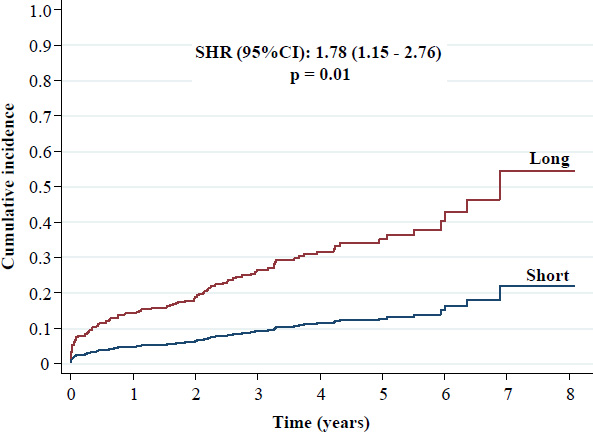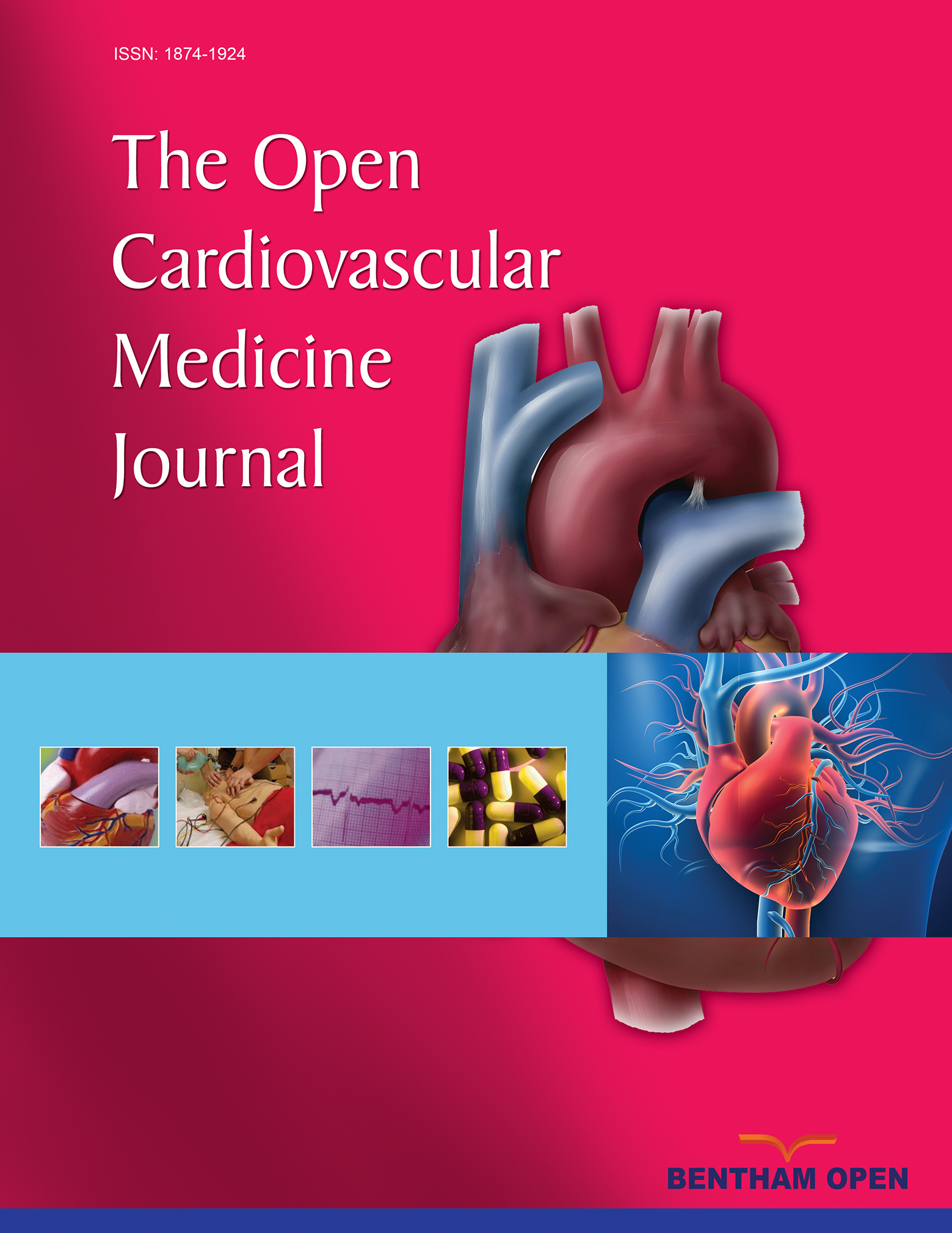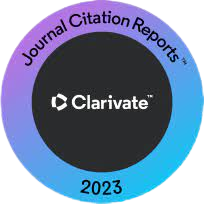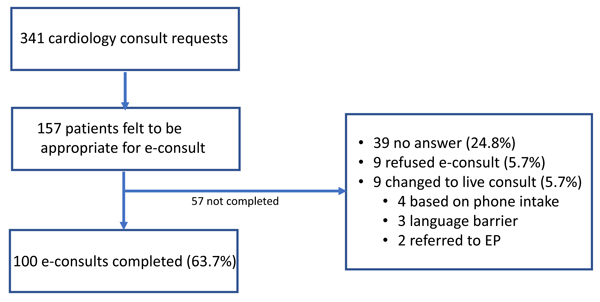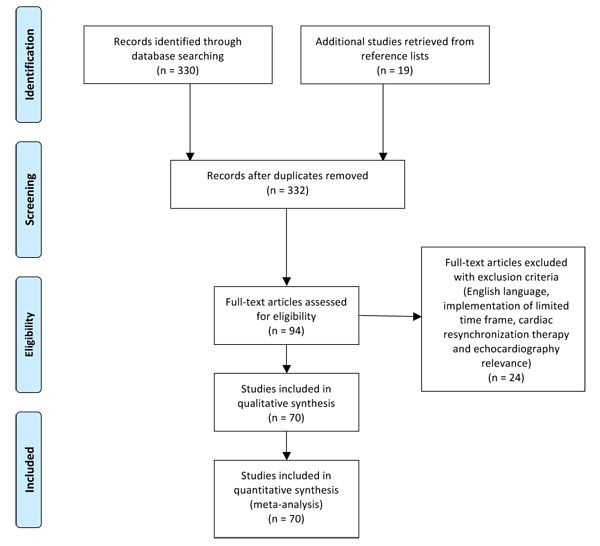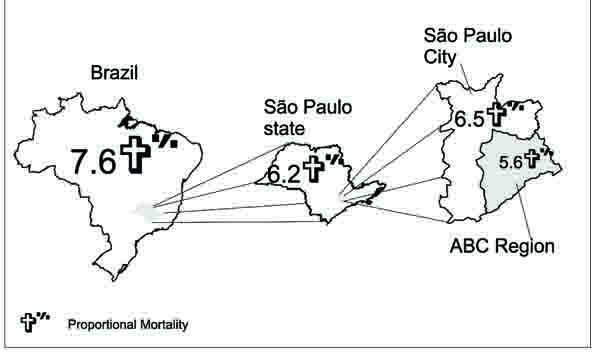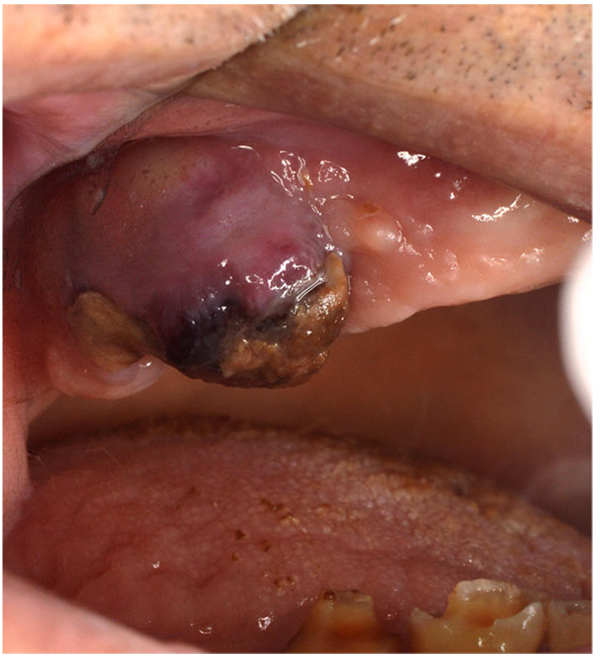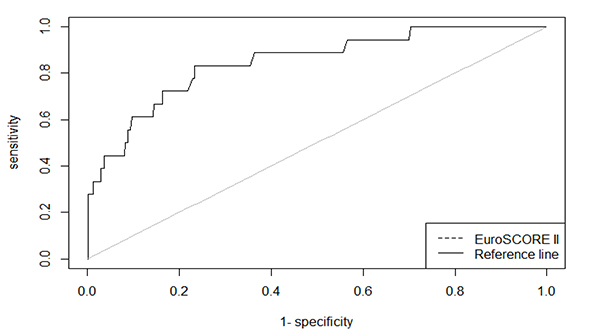The Open Cardiovascular Medicine Journal is an open-access journal which publishes research articles, reviews/mini-reviews, case studies, short communications/letters and guest-edited thematic issues on the understanding of scientific advances in the field of cardiovascular medicine, written and reviewed by globally recognized experts. Manuscripts on range of topics including cardiac and circulatory system disorders, heart failure, cardiac surgery and pharmacological treatment, arrhythmias, pacing and cellular electrophysiology, atrial fibrillation, vascular and lymphatic research and other related fields are considered for publication.
The Open Cardiovascular Medicine Journal, a peer-reviewed journal, is an important and reliable source of current information on developments in the field. Emphasis is placed on publishing quality papers, making them freely available to researchers worldwide.
The Open Cardiovascular Medicine Journal is an international, peer-reviewed, open-access journal covering all aspects of cardiovascular medicine published continuously by Bentham Open.
